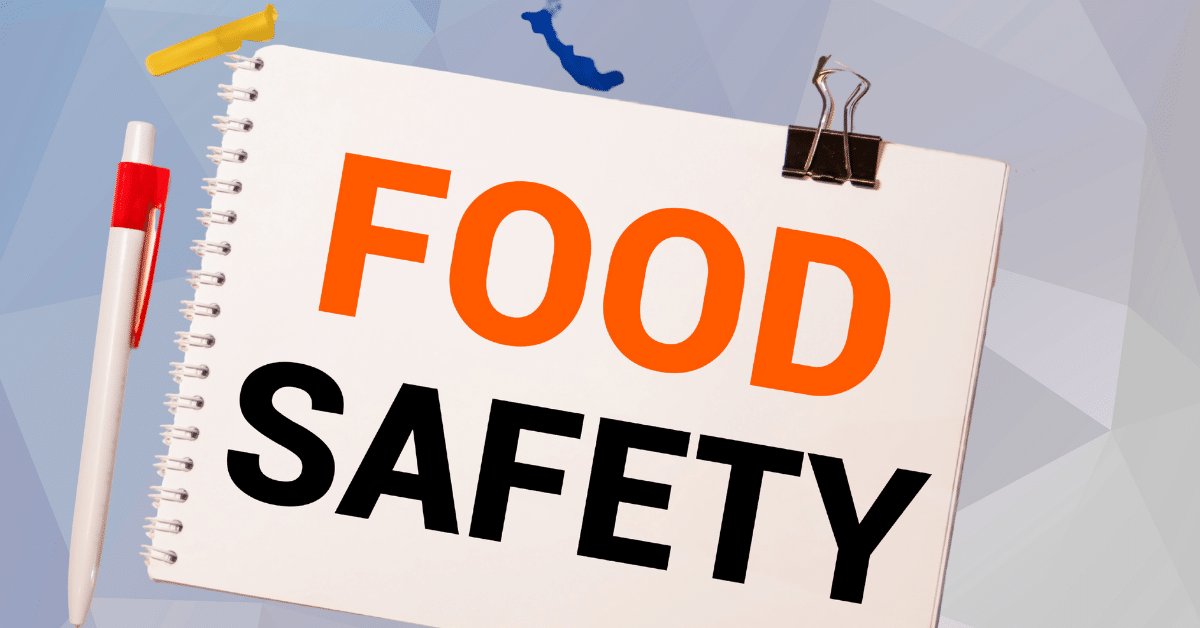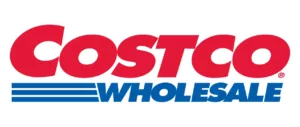In my first week consulting for a small bakery, the owner introduced me to Ana, a new hire who spoke Spanish at home and used English on the floor. She was steady on the line, but HR needed her safety card before the end of the weekend.
“Me piden la tarjeta… ¿por dónde empiezo?” she asked.
That night, she enrolled in a Food Handler’s Training Course (in Spanish), studied on her phone while her kids did homework, passed the exam, and handed her manager a PDF the next morning.
If you are in Ana’s position, this guide walks you through the same simple path with clear steps, realistic timing, and tips that help you pass on the first try.
What A Food Handler Card Covers And Why It Matters
A food handler card shows that you understand the basics that keep guests safe:
- Proper hand hygiene
- Time and temperature control
- Preventing cross-contamination and allergen cross-contact
- Cleaning and sanitizing in a busy kitchen
Many roles require it: prep, line cook, bakery, deli, dish, and even some front-of-house jobs that handle ready-to-eat foods. Some areas allow a short grace period after hire, while others require the card to be presented before your first shift.
Either way, having a food handlers certificate in Spanish signals to your manager that you are ready to follow safe habits from day one.
How To Get Your Food Handlers Card in Spanish Fast
If you have been searching for “card en español” and feeling pressed for time, use this straightforward checklist to go from “I need it now” to “I have it” in a single evening:
- Choose a reputable online program that offers a full Spanish option: Spanish lessons, a Spanish exam, and instant digital proof of completion.
- Create your account and make sure you select the Spanish track in the menu or language settings.
- Work through the core modules: handwashing, glove changes, temperature control, cross-contact versus cross-contamination, sanitizing, and illness policies.
- Take the exam in Spanish. Most tests are multiple-choice with on-screen feedback if you miss a question.
- Download your PDF card and any wallet version provided, then email or upload it to the HR department.
- If your city or county requires local registration after passing, complete that extra step online the same day.
With focused study, many workers complete everything in one sitting.
How To Choose A Valid Spanish Training Program
Not every “Spanish” program truly supports Spanish-speaking learners from start to finish. Before you pay, ensure that the entire experience suits you.
When you review any food handling course Spanish, confirm that:
- Lessons, quizzes, and on-screen buttons are actually in Spanish, not just auto-generated captions.
- The provider clearly lists which states, counties, or cities accept the card.
- There is an easy way for managers or inspectors to verify your certificate, such as a unique code or verification link.
- You can re-download your certificate later if you lose your phone or a printout.
If possible, open a sample lesson on your phone. You should be able to watch, read, and answer questions comfortably without needing to zoom or scroll constantly.
How Long Training Takes And What It Costs
Most people can finish the lessons and exam in about 60 to 90 minutes. If you are new to kitchen work, allow yourself up to two hours to pause, take notes, and replay short sections.
Pricing varies by provider and location, but many recognized programs keep a food handler certification in Spanish for under about $30, with some local health departments adding a small extra fee. Employers sometimes reimburse the cost, so it is worth asking your manager.
Online And In-Person Options
Both online and in-person formats can lead to the same valid card, as long as the provider is approved in your area.
Online training works best when:
- Your schedule is unpredictable.
- You prefer to study at home or during quiet moments.
- You want instant access to your card right after passing.
You can pause and resume online courses, which is helpful if you balance work, family, and other responsibilities.
In-person training makes sense when:
- Your company brings a trainer on-site for the whole team.
- You learn better by asking real-time questions.
- Local rules specify a particular classroom provider.
Always follow any provider list or guidance from your health department or employer.
Key Skills You Will Use On The Line
The goal is not just to pass a test; it is to learn. The card represents real skills that you will rely on every shift.
Hand hygiene that holds up under pressure
You will learn when to wash (before starting work, after the restroom, after touching raw foods, trash, phones, or your face), how long to scrub, and how to move between tasks without spreading germs. You will also cover how to handle cuts or bandages so you can keep working safely.
Time and temperature control that becomes automatic
You will memorize the “danger zone” (41°F to 135°F), how to hot-hold foods at or above 135°F, and cold-hold at or below 41°F. You will practice using a thermometer instead of guessing, as well as correct cooling and reheating steps so food spends as little time as possible in unsafe temperatures.
Preventing cross-contamination and allergen cross-contact
You will learn to separate raw and ready-to-eat foods with storage rules and color-coded tools. Allergen training demonstrates how even tiny traces can cause reactions, even when food appears clean, so you handle allergen orders with extra care.
Cleaning and sanitizing that passes inspection
Training explains which chemicals to use, how to achieve the proper concentration, and why contact time is essential. You will practice simple checklists and logs that make it easy for managers and inspectors to confirm that surfaces are truly safe.
Illness policies that protect everyone
You will know when to stay home, which symptoms to report to a manager, and what is required before you return to work. Clear rules prevent tough decisions in the middle of a rush.
Over time, these points become habits: clean hands, safe temperatures, clear separation, verified sanitizing, and making wise choices when someone is sick.
Tips To Pass On The First Try
A little preparation goes a long way. Use these strategies to make the exam feel familiar instead of stressful:
- Write down key temperatures and time rules in a note on your phone and review them before the test.
- Use Spanish audio if the course offers it, especially when you are tired from a long shift.
- When a question feels tricky, choose the option that keeps the guest safest.
- Pause and replay sections on allergens and cooling, which are common trouble spots.
- Review the provider’s retake policy so you know whether there are free attempts inside a certain window.
Focused attention for a short period usually beats trying to rush through the material while distracted.
After You Pass: Storage, Sharing, And Renewal
Right after the exam:
- Download the PDF and give it a clear name, such as Food-Handler-Card-Spanish-YourName.pdf.
- Email it to your manager and save a copy in a cloud folder or email archive.
- Print a copy for your wallet, if possible.
Most cards expire in two or three years, depending on state or county rules. Check the expiration date on your certificate and set a reminder 30 days before it ends. Renewal is usually faster, since you already know the basics and only need a refresher.
Spanish-First Features That Make Learning Easier
If you want real understanding, the course should feel natural in Spanish from the very first click. Helpful features include:
- A full Spanish user experience: menus, instructions, help articles, and exams in Spanish.
- Audio plus captions so you can listen while cooking dinner and reread tricky parts later.
- Short, focused modules that fit into 3-to-5-minute breaks.
- Progress that syncs across devices so you can start on a phone and finish on a tablet.
- One-click options to send your completion record to HR or your manager.
For Managers: A Quick Acceptance Checklist
You do not need special tools to verify a card. During onboarding or audits, use this simple checklist:
- The employee’s name on the certificate matches HR records.
- The course clearly indicates a Spanish food handler program with a completion date and a unique code or verification link.
- The provider lists which states and counties accept the card, and your location is included.
- A copy of each card is stored in a shared HR folder, with renewal reminders set.
- New hires without cards are scheduled for training and, if needed, retakes before they handle food alone.
A consistent process here reduces surprises during health inspections.
Common Mistakes And How To Avoid Them
Most issues come from small oversights rather than lack of effort. Watch out for these common problems:
- Buying from a non-approved site: Always confirm that the provider is accepted by your local health department before paying.
- Trying to study while distracted: Treat the course like a short shift. Keep water nearby, silence notifications, and sit somewhere you can focus.
- Skipping local registration: If your area requires an extra step after passing, complete it right away so your card is fully valid.
- Letting the card expire: Use calendar alerts and cloud storage so you never scramble to renew during a busy season.
A bit of planning now saves time, money, and stress later.
A Short Story Of Confidence
When Ana finished her course, she made a small pot of cafecito, took a deep breath, and opened the exam. A few modules in, the temperature rules finally clicked.
She passed, downloaded her certificate, printed a wallet copy, and texted the PDF to her manager.
On her next shift, nothing about the food changed, but everything felt different. Confidence was not loud or dramatic. It was quiet and steady, like knowing that your routines are safe, your card is valid, and you can answer an inspector’s questions without worry.


















